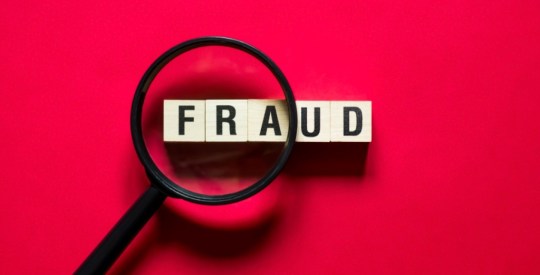Several Federal Home Loan Banks violated regulatory credit limits in 2010 and 2011, even as the risks associated with doing so intensified, according to a recent federal investigation.
The Federal Housing Finance Agency Office of Inspector General found that FHLBanks substantially increased unsecured lending to foreign financial institutions despite indications of heightened risks.
For example, in 2011 one FHLBank extended more than $1 billion in unsecured credit to a European bank despite a downgrade of the bank’s credit. That bank later suffered a multibillion-dollar loss.
The investigation discovered that several FHLBanks violated the Federal Housing Finance Agency‘s unsecured credit limits, which the agency attributes to inadequate systems and controls. The FHFA regulates the FHLBank system.
One FHLBank exceeded the regulatory limits on loans to individual institutions by an average of nearly 10% over a three-month period in 2010. In one month in 2010, the unnamed bank extended unsecured credit equal to 28% of its regulatory capital to a borrower that was eligible for credit of no more than 18% of regulatory capital per FHFA’s regulatory requirements.
The FHFA said it is following up on the regulatory violations at the three FHLBanks “through ongoing or planned examinations of them during 2012.”
Internal documents from the FHFA show the agency was aware of the rapid, system-wide growth in unsecured credit, FHLBanks’ large exposures to particular financial institutions and the increasing credit and other risks associated with such lending.
In a report from the investigation, the FHFA-OIG states that the FHFA did not initially pursue potential evidence of FHLBanks’ violations of the existing regulatory limits or take supervisory and enforcement actions. The agency, the report said, did not prioritize it in its examination process due to its focus on greater financial risks then facing the FHLBank system.
Some senior FHFA officials characterized the limits established in the regulation as outdated and overly permissive. They expressed particular concern about what they called the “kicker” provision in the regulation under which the FHLBanks may double their exposures to individual institutions so long as 50% of the total exposure is lent on an overnight basis.
The officials said the regulation should be revised because it permits FHLBanks to establish sizeable unsecured credit exposures that increase their credit, mission and image risks.
In December 2008, the FHLBank system had about $66 billion in unsecured credit outstanding. By early 2011, the total rose to about $123 billion before declining to about $57 billion by the end of 2011.
The FHFA regulates the banks’ unsecured credit business by limiting the amount that an Federal Home Loan Bank may extend to an individual borrower. That means that even if a bank stays within the limits established for each borrower, its overall exposure is unlimited because there is no limit on the number of borrowers a FHLBank may lend to.
The FHLBank of Seattle, which has faced significant financial and operational challenges since 2008, had unsecured credit exposure to foreign borrowers as a percentage of its regulatory capital of more than 340% in March 2011, but it declined to 190% at the end of 2011.
The similarly troubled Boston bank’s unsecured exposure nearly hit 300% in March 2011, before the ratio declined to about 51% at the end of 2011. The FHFA does not cap overall exposure.
The FHFA initiated oversight measures in 2011 focusing on credit extensions, including prioritizing them in the supervisory process and increasing the frequency with which the FHLBanks report on their unsecured credit portfolios, the FHFA-OIG states in its report.
“FHFA-OIG believes that FHFA’s recent initiatives contributed to the significant decline in the amount of unsecured credit the FHLBanks were extending by the end of 2011,” the report states. “However, FHFA can take additional actions that will further strengthen its oversight efforts.”
The FHFA-OIG recommended that the agency revise regulatory limits to mitigate the risks associated with extensions of unsecured credit by the FHLBanks. FHFA agreed with these recommendations, the report states.



